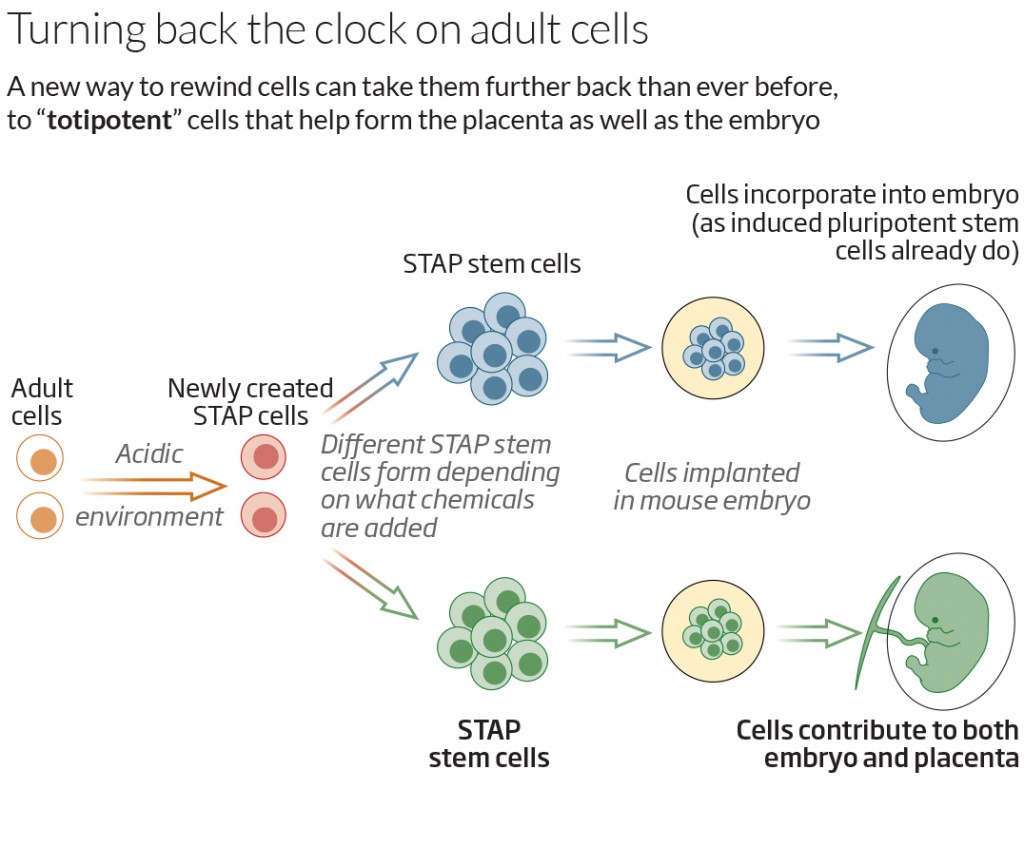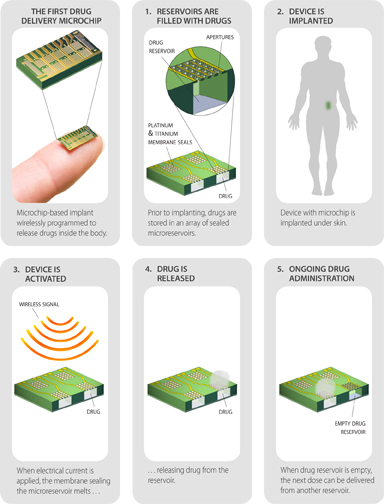While scientists can behave ethically, few let ethics get in the way of advancing knowledge and techniques. If they can do it, typically they will.
Which means that now or in the future, someone is going to create a human baby completely outside of the human body. And by using stem cells, it can happen without the permission of the genetic parents. Crazy!
Mice have already been born from real mouse sperm and lab-created mouse eggs. They were healthy and soon became parents themselves, so they passed the hybrid burdle.
2009: Human egg cells grown in a lab.
2016: Lab-created mouse sperm makes babies
2016: Lab-created mouse egg makes babies
2022: Lab-generated human sperm
2022: First synthetic mouse embryos
You can see the trajectory… it will happen – synthetically made humans – it is simply a matter of who and when. China is an obvious bet.
And factor in that declining populations are a problem for capitalist societies, and we could be making artificial kids purely to be worker consumers.



